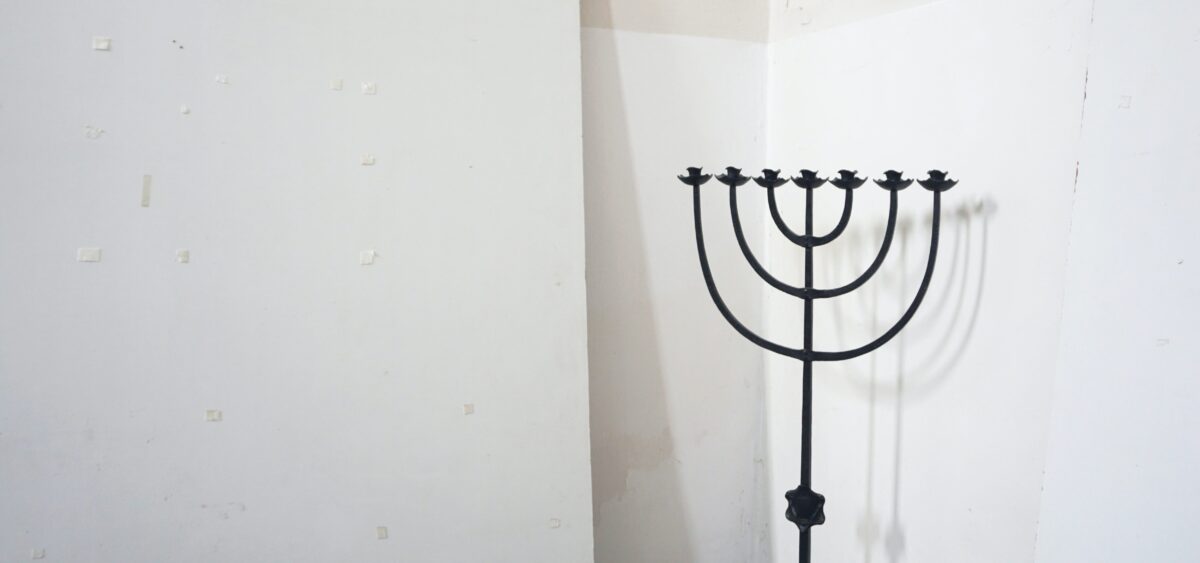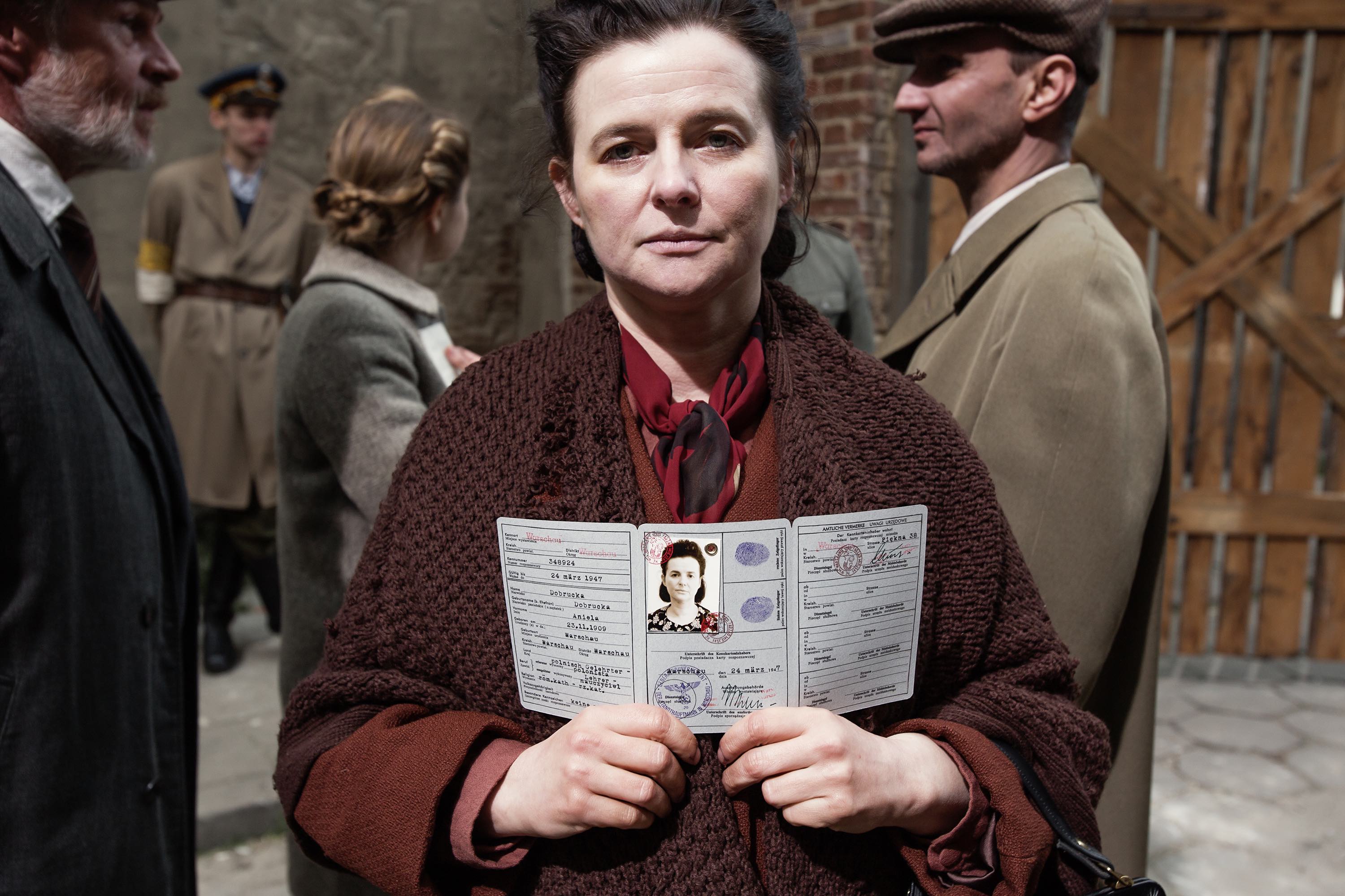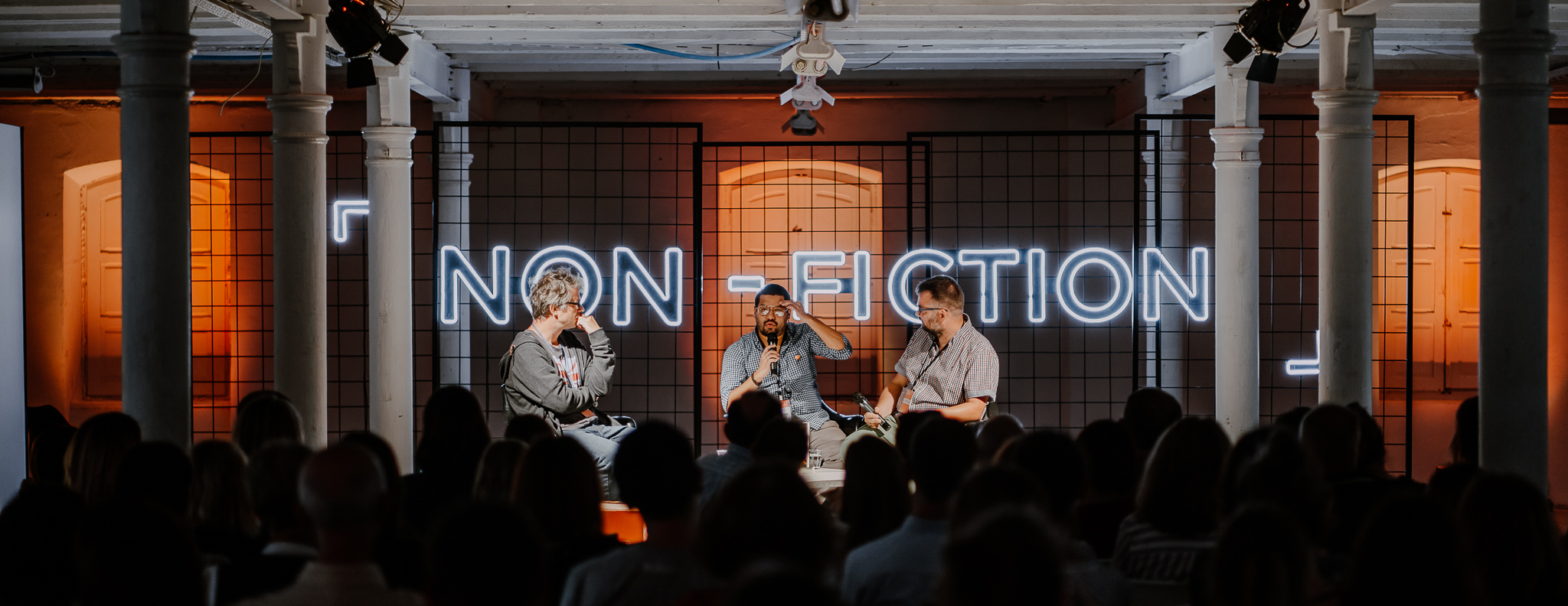
Aleksandra Lipczak talks to Michel Laub – author of Diary of the Fall, among other books – about inheriting trauma, the situation of Jewish people in Brazil, and the mechanisms of violence.
Aleksandra Lipczak: “This week marks ten years since the publication of Diary of the Fall. Throughout all this time I have been reading responses from readers from various places and of various profiles; it’s the best gift a writer can get,” you recently wrote on Twitter. Do you like this novel of yours?
Michel Laub: Of all my books, this one has had the most success in Brazil, both among critics and readers. I get questions about Diary of the Fall during practically every interview and at every reading. Sometimes I would maybe prefer to talk about my more recent novels, but the fact is that readers often feel moved by, or close to, this very book.
And you?
It was certainly a novel that changed the way I write and the way I see literature. Thanks to it I have become much more daring as an author, not only because of the subject matter, but also because of the form. I can feel that in writing it I ‘freed my hand’; that from then on I felt unfettered as a writer. I think that my later novels are much better than those written before Diary of the Fall. Before, I would sometimes feel entrapped or imprisoned by form. I would constrain myself with strict rules regarding the shape of the novel I was writing at that moment. I could not say everything I wanted to, because it did not fit the form. Diary is a much more fragmentary, freestyle book. It taught me that finding a form is more about finding a tool which, rather than being objectively good, is the best way for me to express everything that I want to in the book in question.
Diary of the Fall










